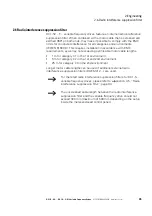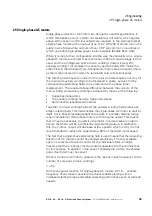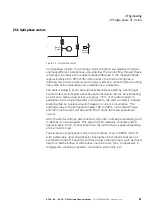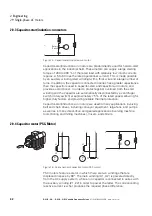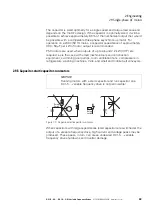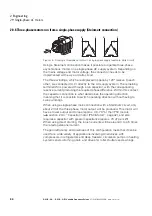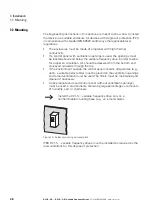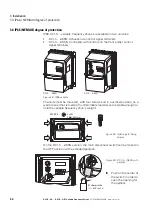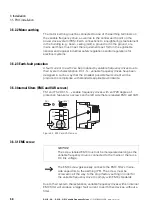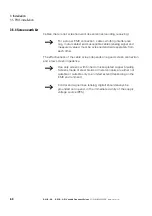
2 Engineering
2.9 Single-phase AC motors
DC1-S…20…, DC1-S…OE1 Variable Frequency Drives
05/21 MN040058EN
www.eaton.com
45
2.9.7 Motor Selection
General recommendations for motor selection:
•
Only use motors that have insulation class F (maximum steady state
temperature of 155 °C ) at least.
•
Take the operating conditions into account for S1 operation (IEC 60034-1).
•
Do not oversize the motor, i.e., the motor should not be more than one
rating level higher than the rated motor output for the variable frequency
drive.
•
In the case of undersized motors, the motor output for continuous
operation should not be more than one rating level lower than the
variable frequency drive’s rated rating level (in order to ensure that the
motor will be protected).
•
When running tests or commissioning a system with significantly lower
motor outputs, the motor’s rated operational current must be adjusted
using parameter P-08 (“rated motor current”).
2.9.8 Connecting EX motors
The following aspects must be taken into account when connecting
hazardous location motors:
•
All applicable industry-specific and country-specific regulations for
hazardous locations (ATEX 100a) must be complied with.
•
The specifications and instructions provided by the motor’s
manufacturer with regard to operation with a variable frequency drive
must be taken into account.
•
Temperature sensors in the motor windings (thermistor, Thermo-Click)
must not be connected directly to the variable frequency drive, but
instead must be connected through a relay approved for the hazardous
location (e.g. EMT6).
→
Check whether the DC1-S… variable frequency drive you
selected and the single-phase AC motor you will be using are
compatible with each other as per the corresponding voltage
(mains and motor voltage) and rated operational current.
Summary of Contents for PowerXL
Page 4: ......





